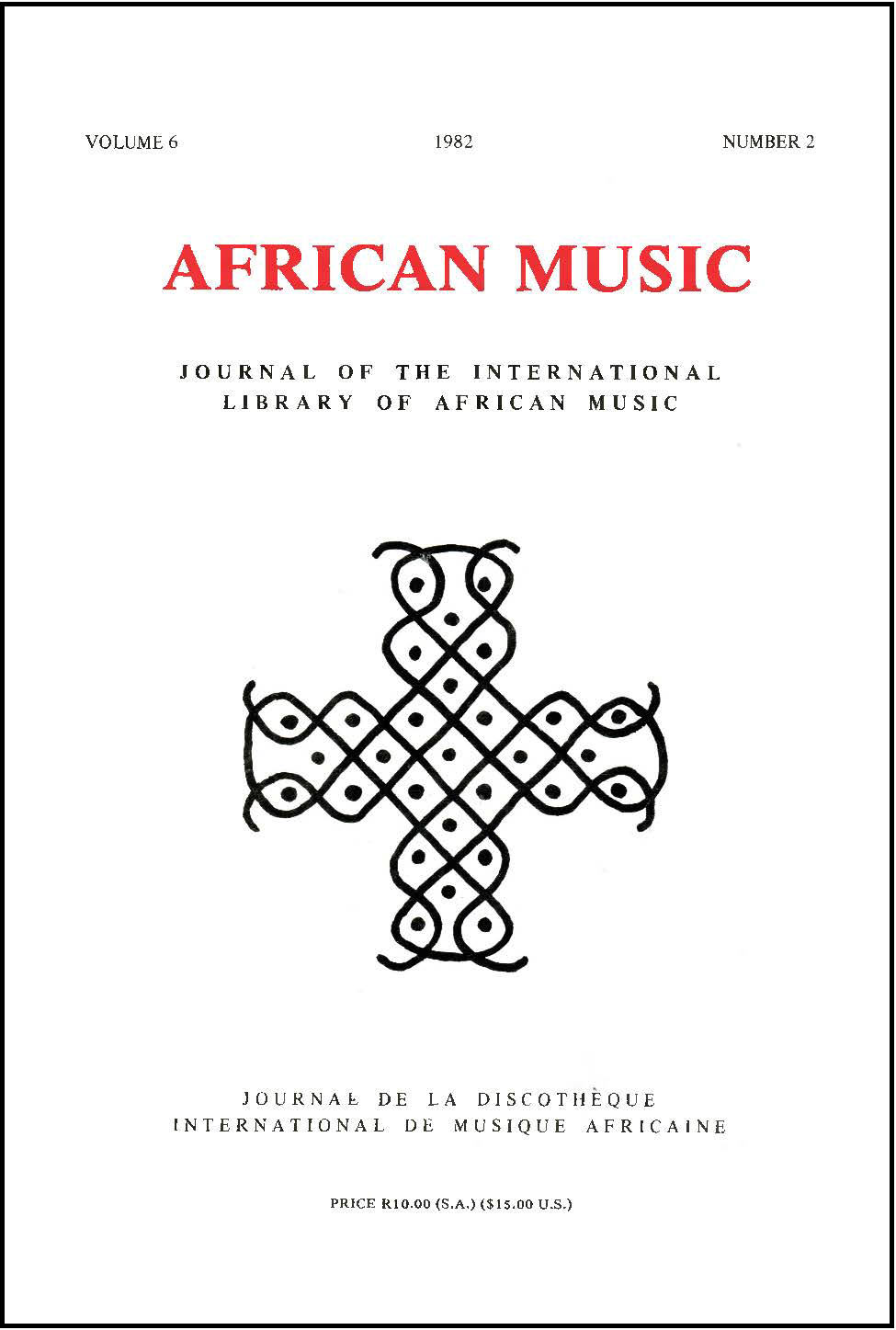Main Title
The gora and the 'grand' gom-gom
Abstract
For three centuries the interest of travellers and scholars alike has been aroused by the gora, an unbraced mouth-resonated musical bow peculiar to South Africa, because it is organologically unusual in that it is a blown chordophone. A split quill is attached to the bowstring at one end of the instrument. The string is passed through a hole in one end of the quill and secured; the other end of the quill is then bound or pegged to the stave. The string is lashed to the other end of the stave so that it may be tightened or loosened at will. The player holds the quill lightly between his parted lips, and, by inhaling and exhaling forcefully, causes the quill (and with it the string) to vibrate. Of all the early descriptions of the gora, that of Peter Kolb, a German astronomer who resided at the Cape of Good Hope from 1705 to 1713, has been the most contentious. Not only did his character and his publication in general come under attack, but also his account of Khoikhoi musical bows in particular. Kolb’s text indicates that two types of musical bow were observed, to both of which he applied the name gom-gom. As the ‘lesser’ gom-gom is in fact the gora, the two types of bow may be distinguished conveniently by referring to them as the gora and the ‘grand’ gom-gom respectively.
Type of Resource
Language
Created at Date
07/07/1982
Associated Entities
Created at Country
Located at
Tag
In Collection
Preview Image

Identifier
Resource Type
-
TypeDigitalDescriptiontextNotepages: 94-115Methodborn digital
